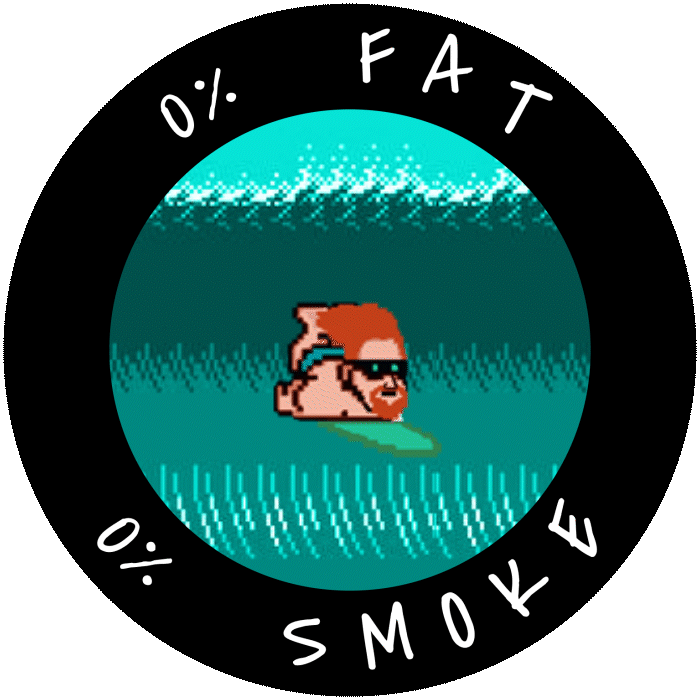Saber how to position a product is simple. It takes time and work, but the basics are clear. You have to write good content in relation to it, to have backlinks quality, to have a quick website and user-friendly, etc.
Equally, we need to have a good SEO content strategy related to it, to improve our long-term dwell time and take a look at what our SEO competence to avoid unpleasant surprises or discovering that we are overlooking something.
However, the work is not always so obvious. Along the way, we may encounter problems in the pursuit of organic profitability. Most often, what we want to position is of no interest to the user.
It may be because the user does not know the product in itself, because is not interested in or because it has just come out and nobody knows that it exists at the moment.
Beyond the SEOI have to mention that this is one of those occasions when some of the people in the world are not able to get to know each other, and that they are not able to understand each other. online advertising formats as the programme or the social ads can help us to improve our knowledge of the product.
It is not a choice between SEO or SEMbut to make them both work towards the same goal. Reaching our target and letting them know that what we sell exists.
How to do keyword research to position a new or unsearched product?

The first step in knowing how to position a new or unsearched product is to make sure that it really does not have searches. I've already told you about quite a few tools to make your keyword researchI will not repeat myself.
The first thing is enter the name of the product (the generic one) and check that it does not have searches. In addition, also uses all synonyms you are aware of, including those related to trademarks.
For example, if I want to position aluminium foil, I would also look for Albal paper or if I want to position tissues I would also look for kleneex and derivatives (clinex, clines, tissues, etc...).
Don't forget to consult a thesaurus and the keyword in English, just in case.
Tools such as the SEMrush keyword research are very useful here because you can see related keywords. However, this only happens for those that have registered searches, so we may be back to square one.
Let's see how to proceed.
Research higher product categories

One option would be to investigate higher product categories. That is, more generic keywords that encompass the specific product. Here are three examples.
If you have just created a theme park, say, for example, Isla Mágica in Seville, which I saw every day from the window of my faculty. Isla Mágica" might not have been searchable at first. What would be its category? Well, theme parks and, now, water parks. We could start trying to rank there. Although it would entail a different approach.
On the other hand, in such a case of a large infrastructure that we know is going to make a lot of media, we can start directly with Magic IslandWhy? Because it is obvious that it will have searches in the future, as soon as the park opens its doors and the public knows it exists.
A similar option, but with a very different theme, was experienced by the agency not so long ago with the Digital Kit. The Digital Kit is a government digitalisation grant for SMEs under the 2030 Agenda. When we did our research at the beginning of the year, it had no searches, but we knew it would as soon as the beneficiaries of the aid knew it existed, so we went for it.
A few months later, Digital Kit has around 22,200 monthly searches, with peaks of 30,000. But we also went to higher categories such as "digitisation aid", "subsidies for SMEs", "digitisation plan for small and medium-sized enterprises", etc.
That is, if exactly what you are does not exist, look for a bigger place where you belong.
Focus on needs or problems

Every product or service is born to meeting needs or problems. So, if people don't know the solution, you have to get to it through their problem.
When we talk about needs or problems it is important to look at it broadly. You don't have to break a leg, maybe you just feel like eating a hamburger.
Imagine if we lived in a world where hamburgers did not have Google searchesWhat would you do? You could go for the general category as discussed in the previous point: "best fast food restaurants", "American cuisine restaurants" or "steakhouses", for example.
Or you could try to go to their need or pain point: "where to eat for less X euros", "cheap delivery", "cheap restaurants to order from" or similar things.
If, for example, we go back to the example of Isla Magica, we could use keywords such as "what to do in Seville in X days", "summer plans in Seville", "the best water attractions in Spain" or similar. In the end, it is about positioning other keywords that allow us to sell our product or service.
With the Digital KitHow to digitise my company", "cost savings for SMEs", "how to sell more", "best erp", "cheap crm", "improve my cybersecurity", etc... In a case like this, there are almost endless options.
Google search

I didn't want to overlook this little trick that sometimes gives good results. Imagine we have a bookshop specialising in ornithology and, obviously, you want to position "books on ornithology". The first thing is that even though books on ornithology have no searches, ornithology books if it does, but let's imagine it doesn't either.
In that case, the first thing I would say to you is to you search directly on Google and you see that it appears. Just because something is not searchable does not mean that there are no results in the SERPs.
So let's see what results emerge. We can learn several things from this exercise.
Firstly, what is positioned by the name of the product or service we want to position. Our organic competence.
These competitors can then be investigated to see what strategy they are following in general. Only, of course, if they are really our competitors and it makes sense.
In case it is not the main keywordcan give us ideas of those categories or other keywords that are being used to position our product.
With products without much interest it can happen that strange situation where nobody has tried to position it, so I would always start there, and then move on to higher categories and needs.
It will position itself in a moment and we will be the opponent to beat if the situation changes in the future.
Have the right mental attitude

It may seem like a secondary issue, but it is not. Making a content strategy is not easy, and if in addition we have to look for how to position a product new or unsearched, the complexity is multiplied.
It's OK. It's good that it's difficult. In fact, I'd say it's part of the charm. Having to do a bit of Creative SEO and go beyond the obvious. Finding the gap that allows us to position ourselves and make the SEO is profitable is very satisfactory.
With a decade of SEO work behind my back, I often find obvious solutions when some colleagues see a wall. And I identify the cause easily. It's not that it's the hardest thing they've ever faced, it's that they're thinking it is.
In 2022 always there are solutions, categories and needs through which we can introduce our product or service.. There are strategies to follow, competitors to be inspired by or even original ideas waiting for our attention.
So, with that in mind, avoid rushing. If it doesn't work out now, it will a little further down the line. Let your mind go blank, take a deep breath and do some brainstorming. It sounds like cheap self-help, but there really are solutions within our reach if we avoid self-sabotage.
Or if you still don't see it or your strategy doesn't work, you can always hire us.





